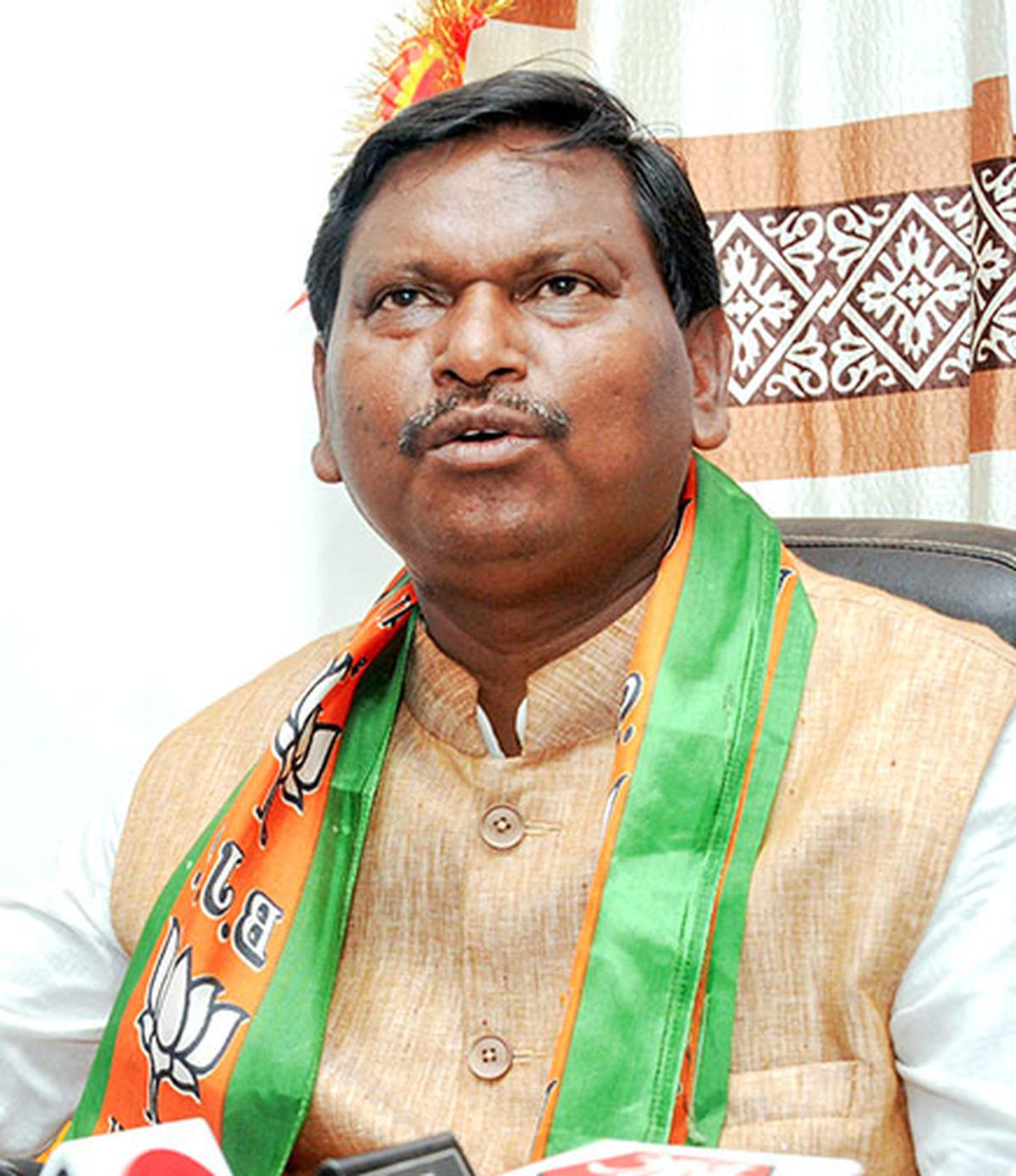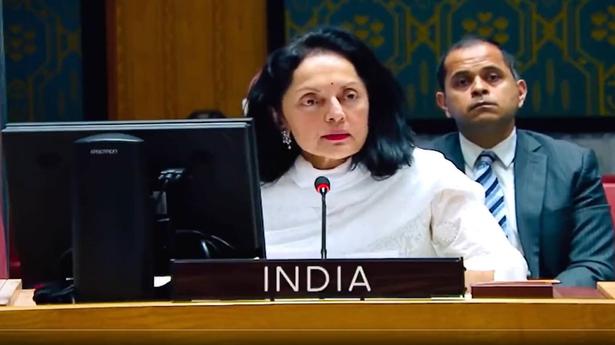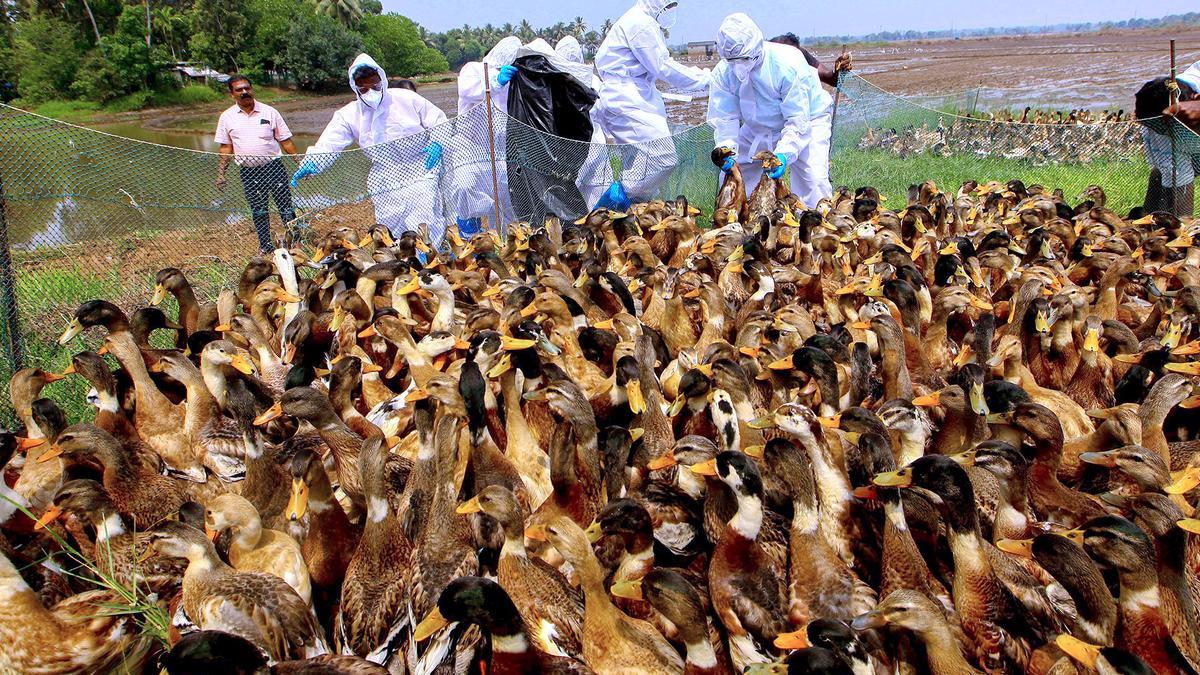The criteria is leading to problems in land identification, acquisition but government insists on pressing ahead
The criteria is leading to problems in land identification, acquisition but government insists on pressing ahead
The Tribal Affairs Ministry intends to go ahead with its plan to build new Eklavya Model Residential Schools (EMRS) on 15 acres of land in all sub-districts which have Scheduled Tribe communities of more than 20,000 people, who make up at least 50% of their total population, despite a Parliamentary panel saying that this criteria is “impractical”.
Earlier this year, the Parliamentary Standing Committee on Social Justice and Empowerment recommended immediate review of this criteria, pointing to significant difficulties in identifying and acquiring lands in several districts, especially in forested or hilly areas where a contigious 15-acre plot is hard to find. This criterion would also deprive scattered ST populations of the benefit of the Eklavya schools, the panel said..
However, the Tribal Affairs Ministry is pushing ahead, with officials in the National Education Society for Tribal Students (NESTS) saying that there is no process as of yet to even review the guidelines as suggested by the Standing Committee. Tribal Affairs Secretary Anil Kumar Jha told The Hindu, “These criteria were decided and finalised by the Cabinet and we intend to go ahead with it.”
In keeping with the government’s intent, President Droupadi Murmu is set to lay the foundation stones for seven more such Eklavya schools in Jharkhand on Janjatiya Gaurav Divas on November 15.
While Ministry officials said that 688 EMRSs have been sanctioned so far, of which 392 are functional, only a total of 230 schools are functioning from their own buildings. The rest function from makeshift spaces made available for them in sundry government buildings. Of the total sanctioned schools, 234 remain under construction and 32 schools are having trouble finding land, a senior Ministry official said.
However, as per data presented by the government to the Standing Committee as of the end of 2021-2022, a total of 232 sanctioned EMRSs were yet to begin construction.
The government had submitted that in many areas where the population criteria is met, suitable land is not available for constructing the schools and even if the land is available, the legal acquisition of the land is taking time. Further, it said that in several areas where land was identified, “several discrepancies also been noticed”, which it is taking time to resolve. These were the problems raised by the respective State governments, the Ministry told the Committee.
A senior NESTS official said, “Most of the places we are identifying for EMRSs, there is no land available inside the village or the block. So we are having to go to the outskirts, where in many cases, whatever we are identifying is turning out to be forested land, for which permissions take longer than usual.”
Moreover, in hilly areas, Left-Wing Extremism-affected areas, and North-East India, finding a contiguous piece of land measuring 15-acres, as recommended, in areas where the population criteria is met, is becoming one of the most difficult tasks.
In their recommendations to the government, the Standing Committee noted that despite existing provisions that allow relaxations in these areas, other discrepancies such as “land not found technically suitable, land falling under forest area, etc. appear and since the process of resolving the issues takes time, there is a delay in acquisition of land required for setting up EMRS in selected districts”.
Further, the Standing Committee noted that the 15-acre criterion put together with the population criteria is “impractical” and “makes identification of land more cumbersome”.
Suggesting that these criteria be reviewed, the Committee said, “Such review should be undertaken without compromising upon the infrastructural requirements of EMRS/EMDBS.”
“The Committee desire that such tribal areas with widely scattered tribal population must not be deprived of the benefits of EMRSs/EMDBS which are a means towards their educational empowerment,” added the report.
Responding to this aspect of the Committee’s recommendations, Tribal Affairs Minister Arjun Munda told The Hindu, “Look, our government under the leadership of Prime Minister Narendra Modi will look at all levels of populations. This criteria is just for the first phase. Once we have set up all the schools under this phase, we will look at building the schools for areas with smaller tribal populations.”
Even though only 230 of the over 700 targetted EMRSs have completed construction as of November this year, Ministry officials have insisted that they will be able to deliver their target by the end of 2025-26. On the Ministry’s website, however, it continues to state that “it has been decided that by the year 2022, every block with more than 50% ST population and at least 20,000 tribal persons, will have an EMRS.”







